- Author: Virgil
Custom hat patches have become a powerful expression of personal style and brand identity. From streetwear lines to sports teams and corporate merchandise, engraved patches offer a clean, durable, and highly customizable finish. Laser engraving enables creators to achieve exceptional detail on various patch materials, while ensuring efficient, repeatable results.
Whether you’re starting a side business or upgrading your maker workflow, a compact and powerful machine like the Thunder Laser engraving machines offers all the precision and speed needed to produce professional-quality patches right from your workspace. In this guide, we’ll walk you through everything—from material selection to machine setup—to help you master laser-engraved hat patches.
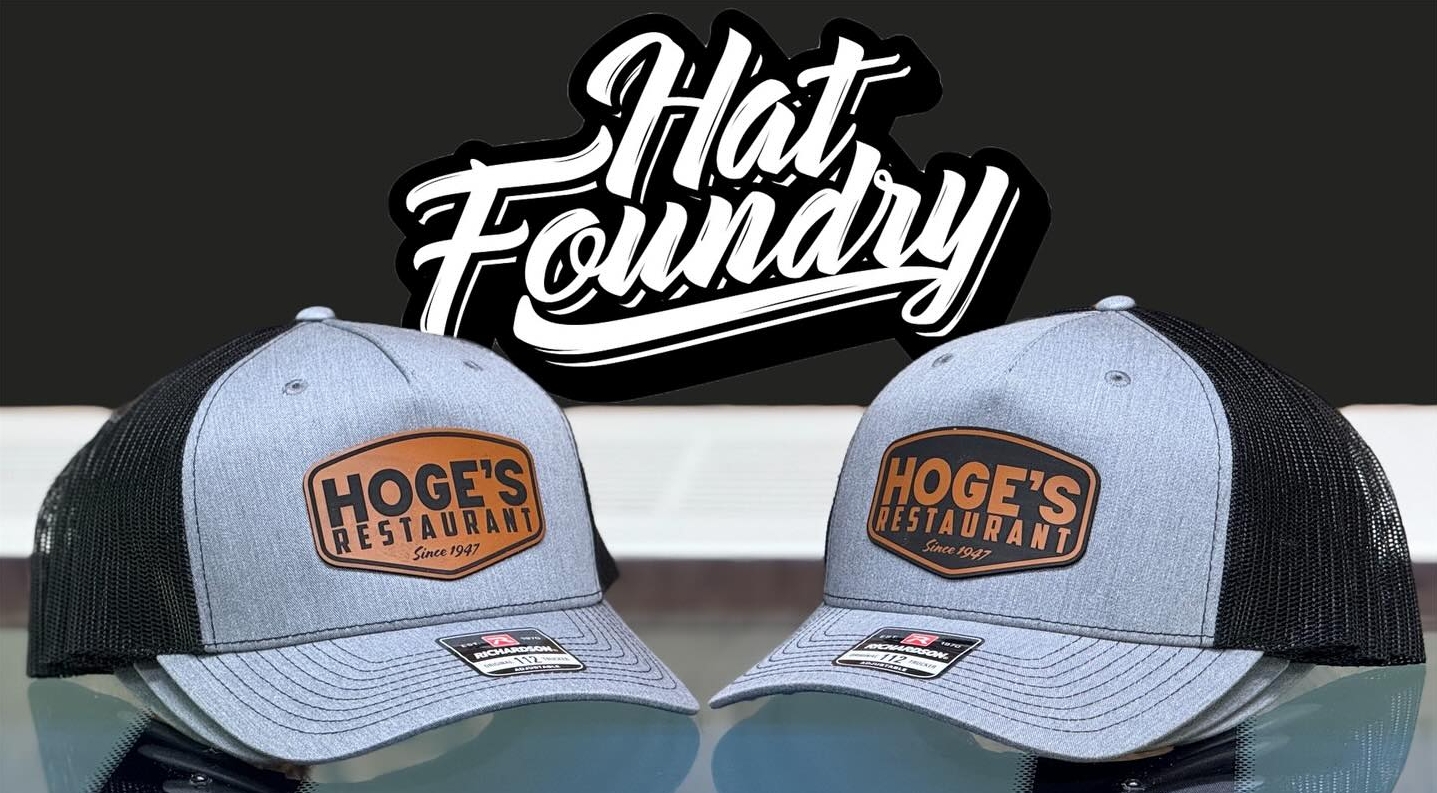
1. Why Laser Engraved Hat Patches Are Popular?
Laser-engraved hat patches are increasingly favored across the customization market. Compared to embroidered or screen-printed alternatives, laser engraving allows for:
- • Unmatched design precision: Clean lines, micro-detail, and sharp contrast.
- • Fast customization: One-off or short-run production without complex setup.
- • Material versatility: Leather, faux leather, cork, felt, and more.
- • Permanent, wear-resistant graphics: Perfect for long-term outdoor wear.
As a result, laser-engraved patches are becoming common on hats for small business branding, club apparel, military gear, sports merchandise, and creative fashion accessories.
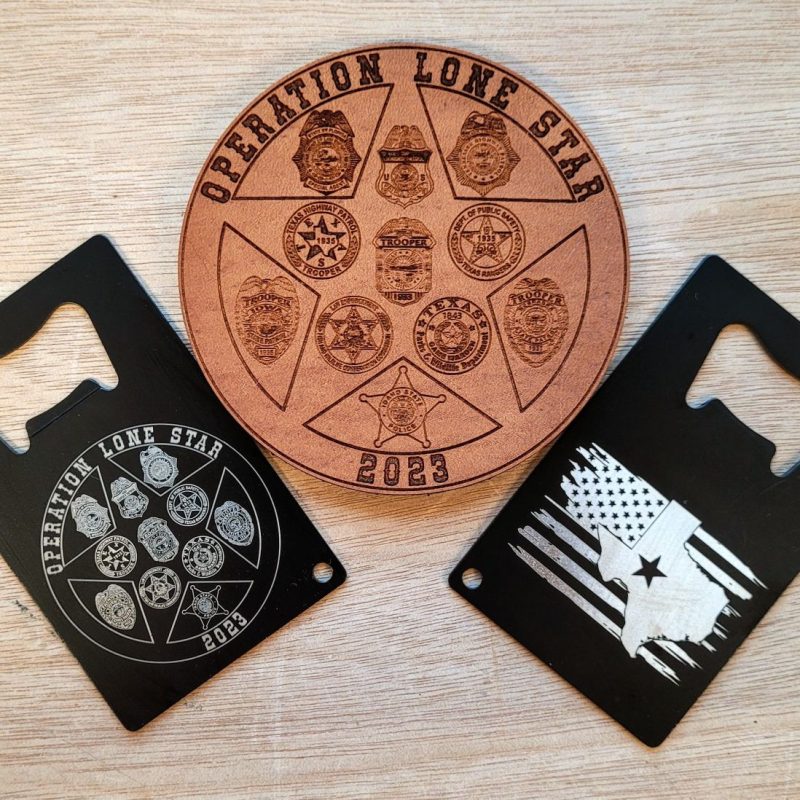
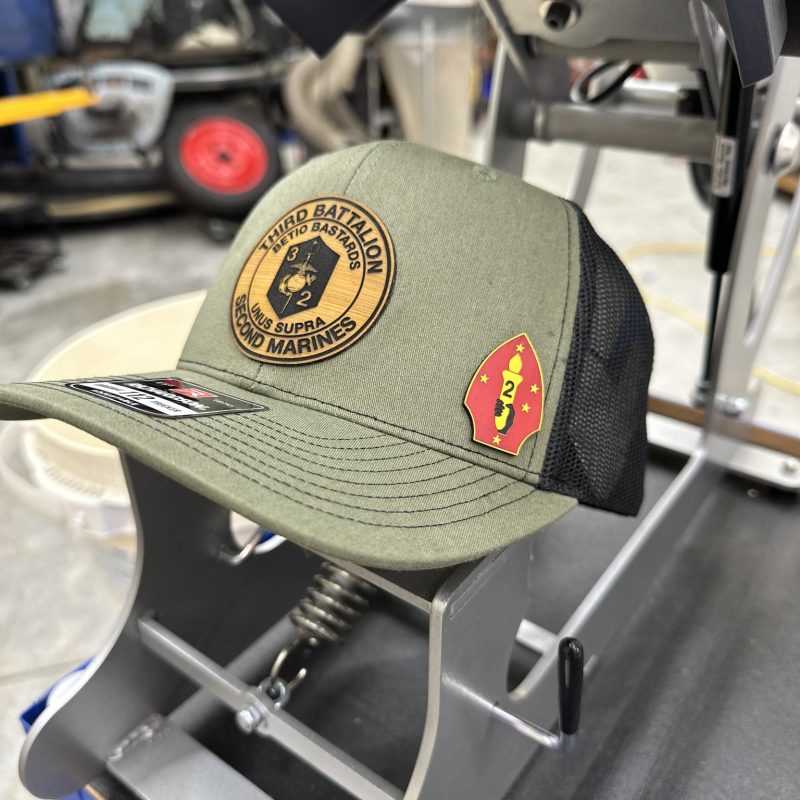
2. Choosing the Right Patch Materials
The patch material plays a crucial role in determining engraving quality, contrast, and safety. Here are the most commonly used materials for laser-engraved hat patches:
2.1 PU Leather / Faux Leather
- • Affordable and comes in a wide range of colors.
- • Produces strong contrast when engraved (usually darkened areas).
- • Make sure it’s PVC-free—PVC releases hazardous fumes when lasered.
2.2 Genuine Leather
- • Offers a premium look and feel.
- • Engraves beautifully with a natural, slightly burned contrast.
- • May emit a strong odor during processing—ensure proper ventilation.
2.3 Cork
- • Lightweight and sustainable.
- • Smooth engraving results with minimal char.
- • Suitable for lightweight hats and novelty designs.
2.4 Felt and Canvas
- • Useful for soft, fabric-style patches.
- • Requires low power settings to avoid burning or melting.
- • Best for light raster engraving, not intricate vector cutting.
2.5 A Comparing Table of Various Materials
Here’s a quick comparison table to help you choose the right material for your hat patches.
| Material | Engraving Quality | Contrast | Durability | Cutting Feasibility | Laser Safety Notes | Best Use Case |
|---|---|---|---|---|---|---|
| PU Leather (PVC-free) | Excellent | High | High | Easy | Must confirm it's PVC-free | Fashion patches, high-contrast designs |
| Genuine Leather | Excellent | Medium-High | Very High | Moderate | Produces odor; use good ventilation | Premium hats, rugged or vintage styles |
| Cork | Good | Medium | Medium | Easy | Minimal smoke, low odor | Eco-friendly and novelty patch designs |
| Felt | Moderate | Low-Medium | Medium | Possible with low power | Use low power to avoid melting | Soft patches, children’s wear |
| Canvas | Moderate | Low-Medium | Medium-High | Not ideal for vector cut | May scorch or fray if too much power used | Minimalist or rustic patch aesthetics |
3. Step-by-Step Guide to Laser Engrave Hat Patches
Laser engraving hat patches is straightforward with the right tools and a bit of setup. Below is a step-by-step guide using the Thunder Laser Bolt system.
3.1 What to Prepare?
- • A piece of PU leather or genuine leather (pre-cut or in sheet form)
- • Thunder Laser Bolt (or any Thunder Laser system)
- • Masking tape (optional, for residue prevention)
- • Cutter knife or scissors (for trimming, if necessary)
3.2 How to Laser Engrave Hat Patches
Step 1: Set up your design in LightBurn
Import your patch artwork into LightBurn. Adjust the dimensions to fit your patch size. Use vector graphics for cutting outlines and raster (bitmap) images or fills for engraved details. Align the design to the material location using the grid or camera system (if equipped).
Step 2: Apply masking tape to the surface
For lighter-colored patches, apply a layer of masking tape over the engraving area. This minimizes smoke staining and gives you a cleaner final product. Make sure the tape is smooth and bubble-free.
Step 3: Focus the laser and run test settings
Use Thunder Laser’s autofocus feature or manually focus the laser head to your material thickness. Run a small test pattern to confirm your power and speed settings. For PU leather, start with:
- • Power: 20–30%
- • Speed: 300–500 mm/s
- • DPI: 300
- • Air Assist: ON
Adjust based on the darkness and depth you prefer.
Learn more parameters to engrave/cut different materials.
Step 4: Start the engraving job
Once your design is aligned and your settings are dialed in, send the job to the laser. Monitor the process, especially when working with synthetic materials. Make sure the exhaust fan is active and air assist is functioning properly.
Step 5: Clean and finish the patch
After engraving:
- • Peel off the masking tape (if used).
- • Trim the patch with a cutter knife if needed.
- • Wipe down any residue with a soft cloth or alcohol-free cleaner.
Your patch is now ready for attachment to a hat! Enjoy your customization of creativity!
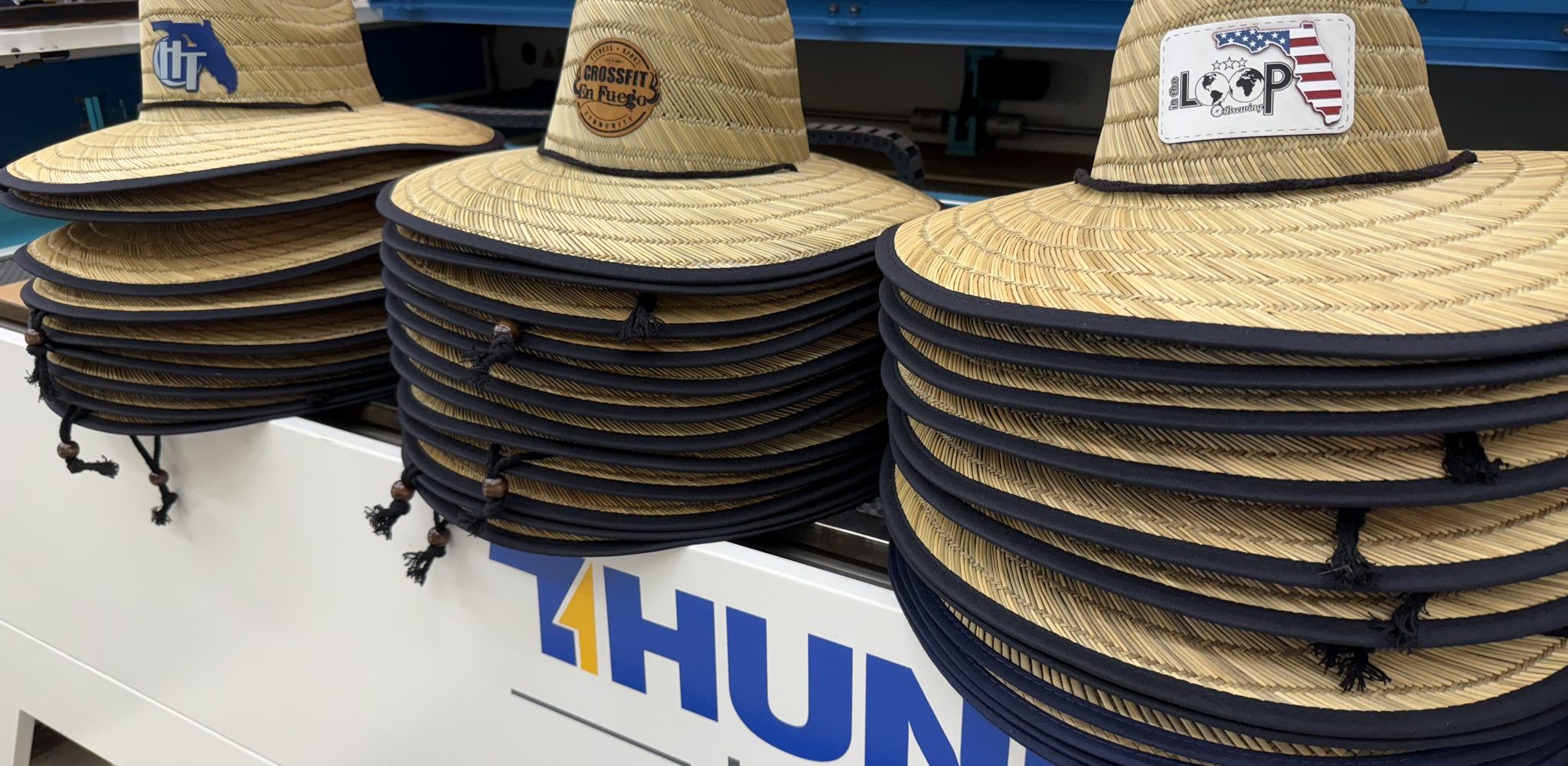
4. Thunder Laser: Your Best Laser Engraver for Hat Patches
Thunder Laser offers a range of professional-grade laser engraving machines designed to meet the demands of both hobby creators and full-scale patch production businesses. Whether you’re making custom patches in a compact studio or scaling up for bulk orders, Thunder Laser machines deliver reliable precision, speed, and versatility across leather, PU leather, cork, and more.
Need the highest speed and engraving precision available in a desktop form? The Thunder Bolt Pro is our top recommendation. With speeds reaching 2000mm/s, it offers industrial-grade engraving accuracy in a compact frame. It’s the ideal solution for creators who demand production efficiency, superior detail, and scalable output—whether for custom orders or growing a branded patch line.
For creators working from a home studio or small workshop, the Thunder Bolt is the go-to choice. Compact but powerful, it features a maximum processing speed of 1500mm/s. Despite its smaller footprint, the Bolt delivers outstanding detail and speed, making it perfect for single-patch engraving and short-run customization. It’s a top pick for Etsy sellers and small-scale entrepreneurs.
If you’re looking to produce hat patches in larger volumes, the Thunder Nova Series is a perfect fit. The Nova 35, with a spacious working area and speeds up to 1000mm/s, handles batch engraving and cutting with ease. The pass-through door design accommodates oversized sheets, making it ideal for cutting multiple patches in a single run. Many small businesses rely on this model to streamline their patch production workflow.
Bonus: Where Can You Sell Laser Engraved Hat Patches?
Laser-engraved hat patches are in high demand across multiple markets. Here are a few ways to monetize your creations:
- • Etsy or Shopify stores selling custom patches and hats
- • Custom orders for sports teams, schools, and clubs
- • Brand collaborations with apparel companies
- • Corporate merchandise for events and staff uniforms
- • Local craft fairs or maker markets
You can also offer personalization services where customers submit their own logos or initials to be engraved.
Conclusion
Laser engraving hat patches combines creativity with commercial opportunity. With the right materials and a reliable laser system like the Thunder Laser Bolt, you can produce stunning patches with excellent detail and lasting durability. The process is simple, repeatable, and scalable—whether you’re making one hat or one hundred.
Thunder Laser machines make it easy to bring your ideas to life with precision and confidence. Explore the Bolt or Nova Series to start creating your own line of custom hat patches today.
FAQs About Laser Engraving Hat Patches
Q1: Can I engrave both real and faux leather?
Yes. Both materials engrave well, but real leather tends to produce a deeper burn, while faux leather gives more contrast. Always test for PVC content in faux leather before engraving.
Q2: Is it safe to laser synthetic materials?
Only if the materials are PVC-free. Always verify material safety and ensure your machine is well-ventilated.
Q3: What design files work best?
Vector files like SVG, AI, or DXF are preferred for cutting. Raster images like PNG or BMP can be used for engraving textures or photos.
Q4: How long does it take to engrave a patch?
Most single patch engravings take 1–3 minutes, depending on design complexity and laser settings.
Q5: Can I cut the patch shape with the same machine?
Absolutely. Thunder Laser systems can engrave and cut in the same job cycle using optimized vector paths.

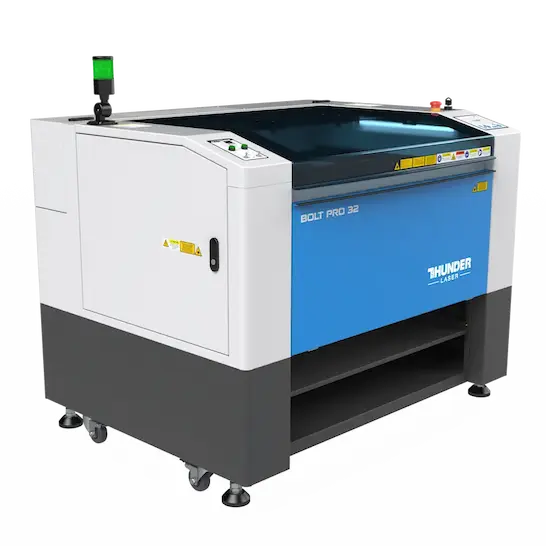
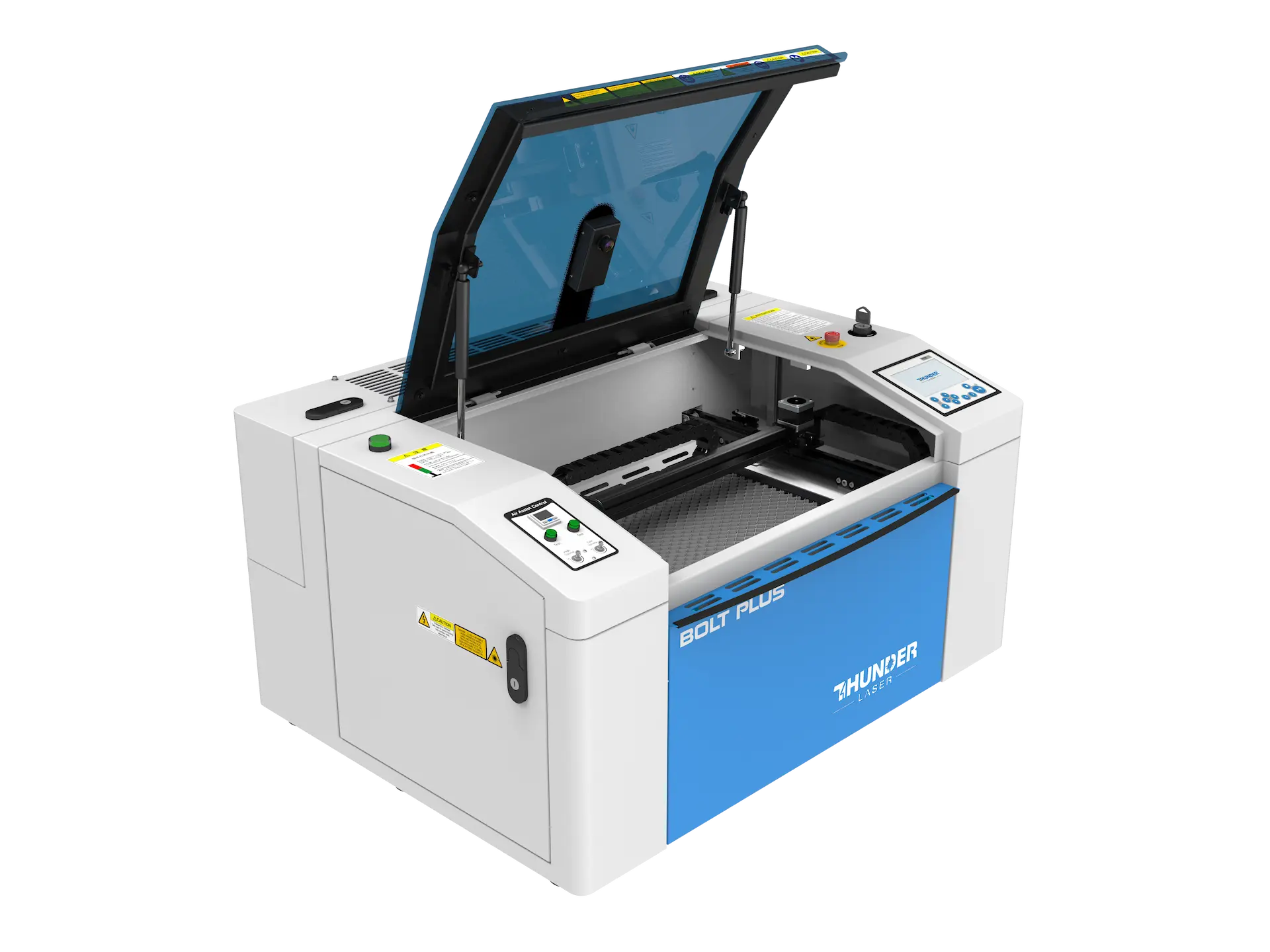
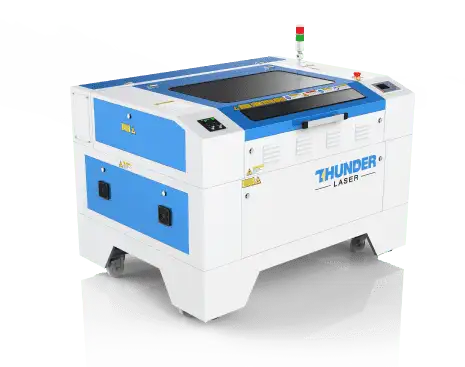

.png) International
International
 United States
United States
 Brasil
Brasil
 Canada
Canada
 Costa Rica
Costa Rica
 Mexico
Mexico
 Česká
Česká
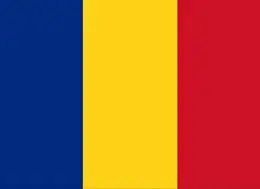 Romania
Romania
 Polska
Polska
 Ireland
Ireland
 Portugal
Portugal
 Lietuva
Lietuva
 Россия
Россия Deutschland
Deutschland
 Britain
Britain
 Україна
Україна
 France
France
 Sverige
Sverige
 Italia
Italia
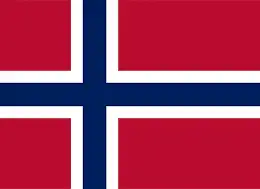 Norway
Norway
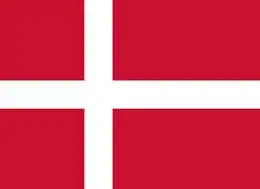 Denmark
Denmark
 Ελλάδα
Ελλάδα
 한국
한국
 中国
中国
 ประเทศไทย
ประเทศไทย
 中国香港
中国香港
 Israel
Israel
 中國臺灣
中國臺灣
 India
India
 پاکستان
پاکستان
 پශ්රී ලංකා
پශ්රී ලංකා
 ジャパン
ジャパン
 Australia
Australia
 New Zealand
New Zealand
 South Africa
South Africa